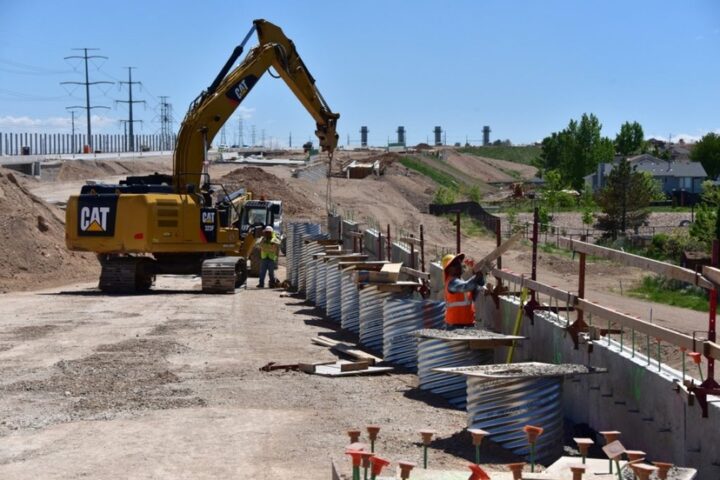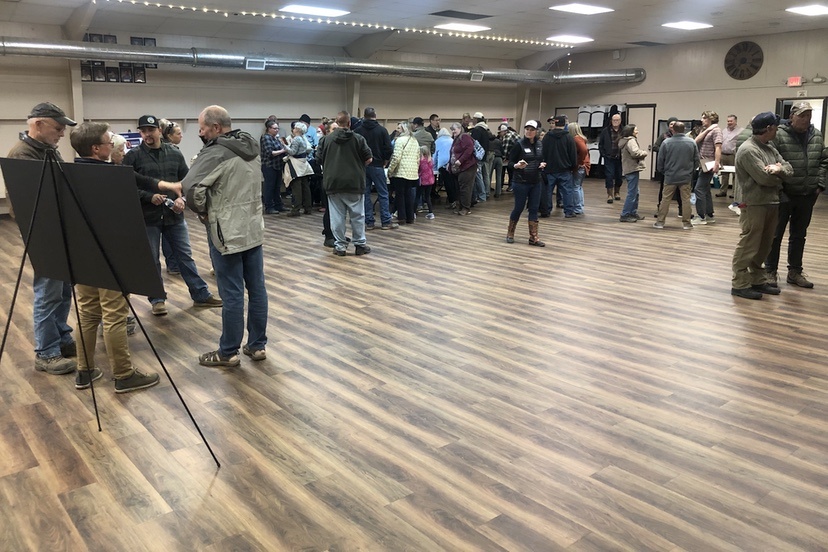On February 9, 2018, Uber settled a legal battle with Google subsidiary Waymo. In the lawsuit, Waymo claimed that Uber knowingly stole trade secrets related to the use of LIDAR in self-driving car technology.
Under the settlement agreement, Uber agreed to pay Waymo a share of its equity valued at approximately $245 million. The settlement also contains an agreement prohibiting Uber from using Waymo’s LIDAR technology in future autonomous vehicles.
This was around the same time that the Utah Department of Transportation began experimenting with LIDAR — Light Detection, And Ranging technology — in the design of highway projects. In this instance, LIDAR was used as a surveying tool that measures distance to a target by illuminating the target with a laser. LIDAR – available in static, mobile and aerial applications – can survey a landscape and provide extremely precise identification of objects. In just 90 seconds, LIDAR can capture everything in every direction for 300 meters, collecting 1.4 million points per second. The measurements are taken at various set points and then pieced together to create a computer-generated 3D-model of the project site. The result is an almost exact replica of the landscape, viewable from any angle… with an eighth of an inch degree of accuracy.
We might note that, reportedly, the very first use of LIDAR for a highway project in Utah was handled by WW Clyde & Company, to design a highway addition.
As mentioned in Part One, I counted about 80 people at the at the March 3 ‘open house’ event at the County Extension Building., eager to learn the latest information regarding the Highway 160 reconstruction through the heart of downtown Pagosa Springs.
We also mentioned that the highway contractor — WW Clyde & Co. — had a representative in attendance.
The company is headquartered in Orem, Utah.
From their website:
WW Clyde is a trusted leader in transportation infrastructure, specializing in highways, interstates, and rail systems. We excel in rehabilitation, new construction, and intersection-to-interchange conversions. Our expertise in mass earthwork, utilities, earth retention MSE walls, and drainage is second-to-none… We are proud recipients of numerous safety and quality construction awards, reflecting our commitment to our dedicated team members and the transportation industry…
Their website indicates that the company won its first road construction contract in 1924, and that they have constructed “More Interstate for UDOT Than Any Other Contractor.”

I recall seeing two or three people from the Archuleta County government at the open house — and I also recall seeing almost the entire Town Council and a few Town staff members. In fact, I would guess that maybe 10% of the crowd consisted of government officials.
The Town government, especially, has an interest in the reconstruction project, for several reasons. For one, the Town’s sewer lines run underneath the highway, and will be replaced with new pipes during the two-year project.
For another, about 85% of the Town’s annual budget comes from sale tax revenue, which is shared 50/50 with the County government. (The County is somewhat less dependent upon sales tax revenues, due to their property tax collections.)
I mention sales tax revenues because the vast majority of businesses within Pagosa’s downtown are located along Highway 160, and even the businesses along Lewis Street will likely be affected by the two-year project.
We can hardly doubt that the elimination of on-street parking, and other challenges during the reconstruction project, will affect our downtown businesses. And a decline in business activities will affect the income flowing into our local governments’ budgets.
Presumably, it will also affect the number of employees laid off during the next two years, and the number of businesses that close their doors. During the open house, I heard mention of a couple of downtown shops planning to go out of business.
But the lion’s share of sales tax revenues do not currently come from the traditional downtown businesses. Most of the sales tax comes from Walmart and City Market… and the lodging industry which is now spread out across the county, thanks in part to the growth of the vacation rental industry.
How much will our downtown businesses be affected by the highway reconstruction? And how much will that affect government revenues?
You would think that CDOT could give us an estimate, based on past projects. But I haven’t yet heard such an estimate at any of the community meetings held over the past year
Will economic activity downtown drop by 5%?
By 10%?
By 50%?
By 90%?
Your guess is as good as mine.
Will the landlords of downtown properties struggle to collect the rent this summer, and next?
I can’t say.
Will the inconveniences caused by the project affect Pagosa’s tourism industry?
That’s possible.
Will a drop in sales tax revenues have a significant impact on local governments?
Who really knows?
One of the few things we know: that a very experienced company is now in charge of tearing up our highway through downtown.

